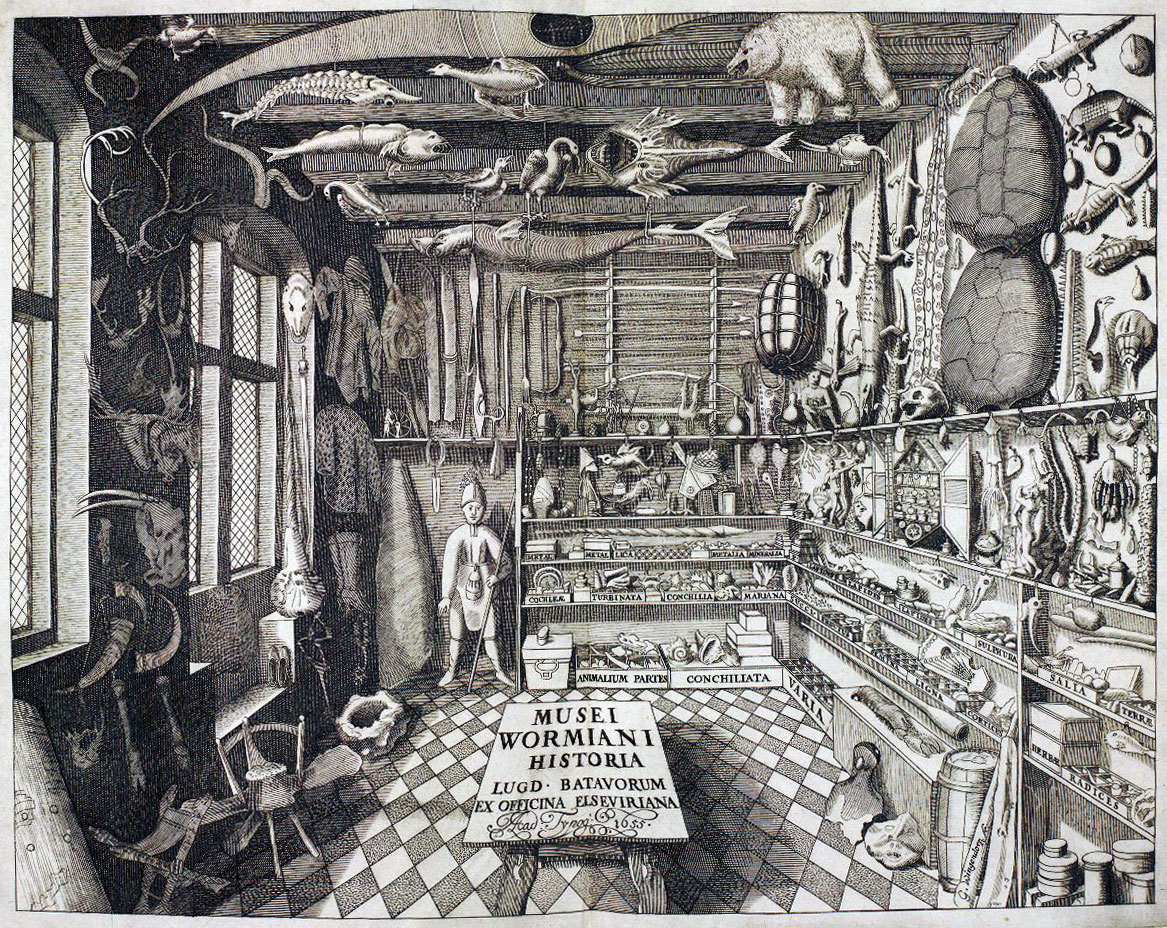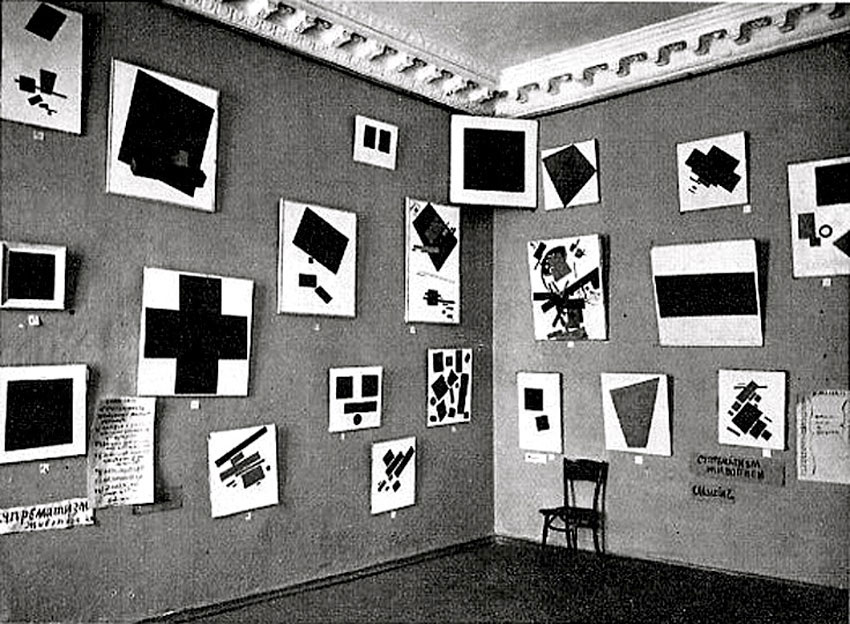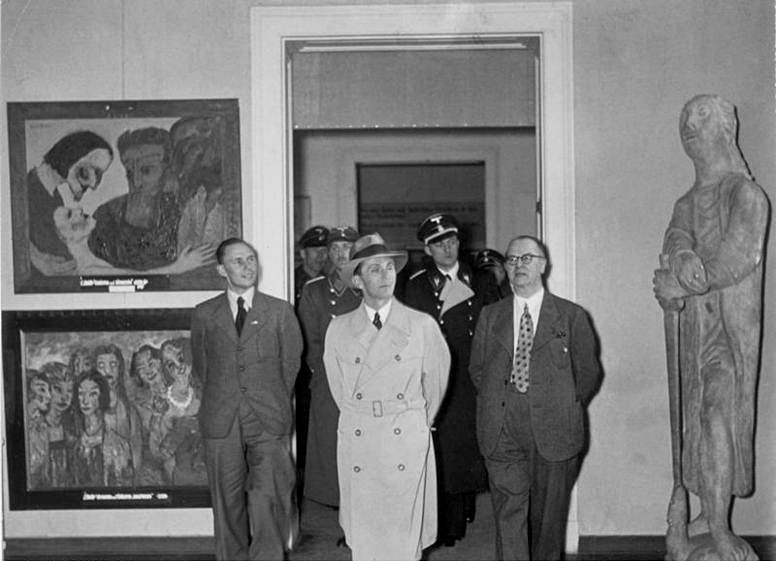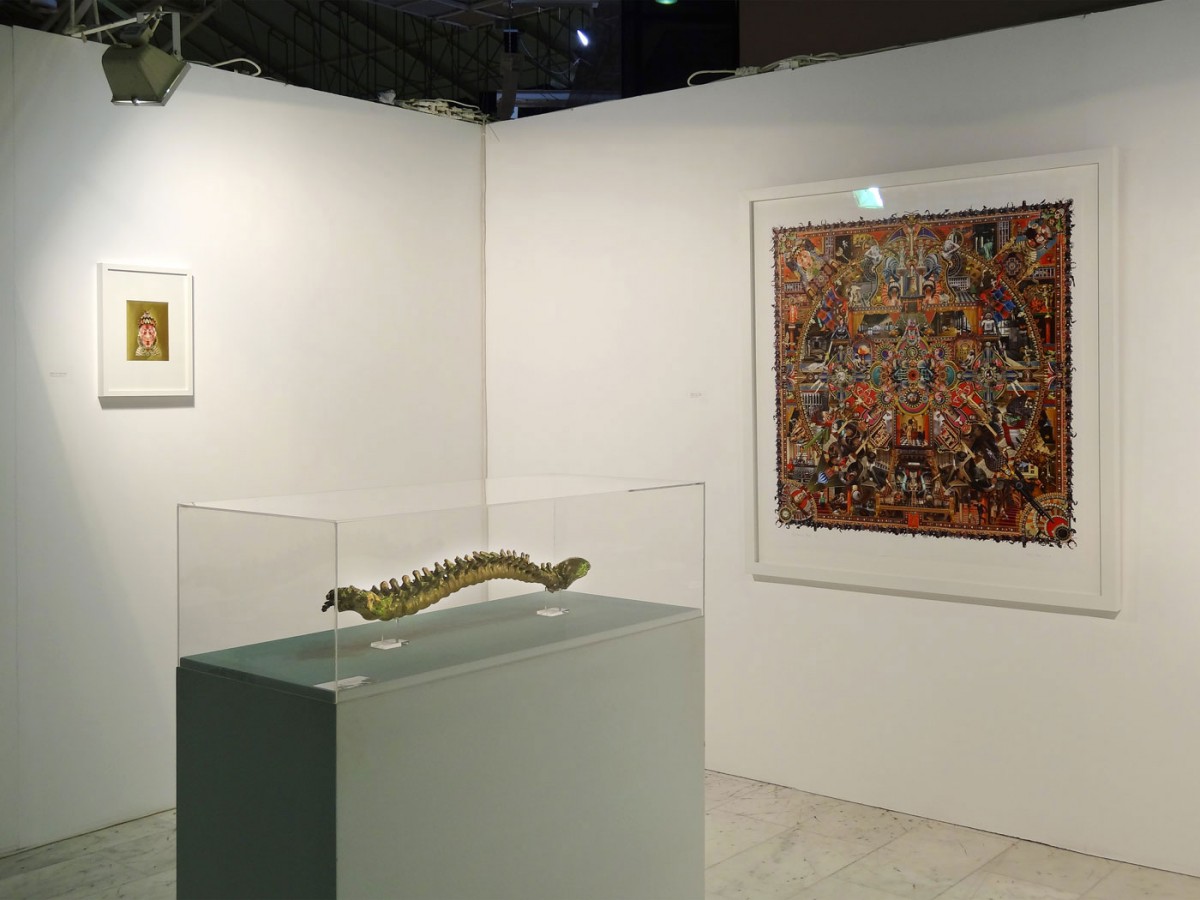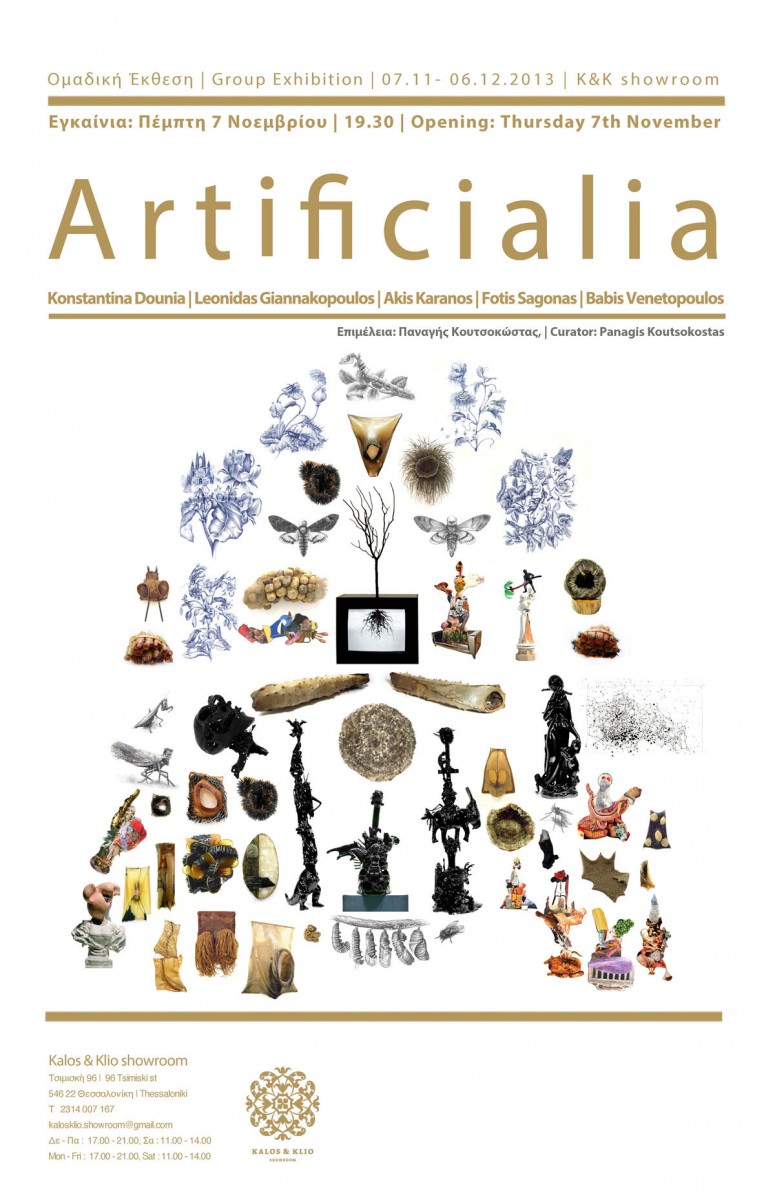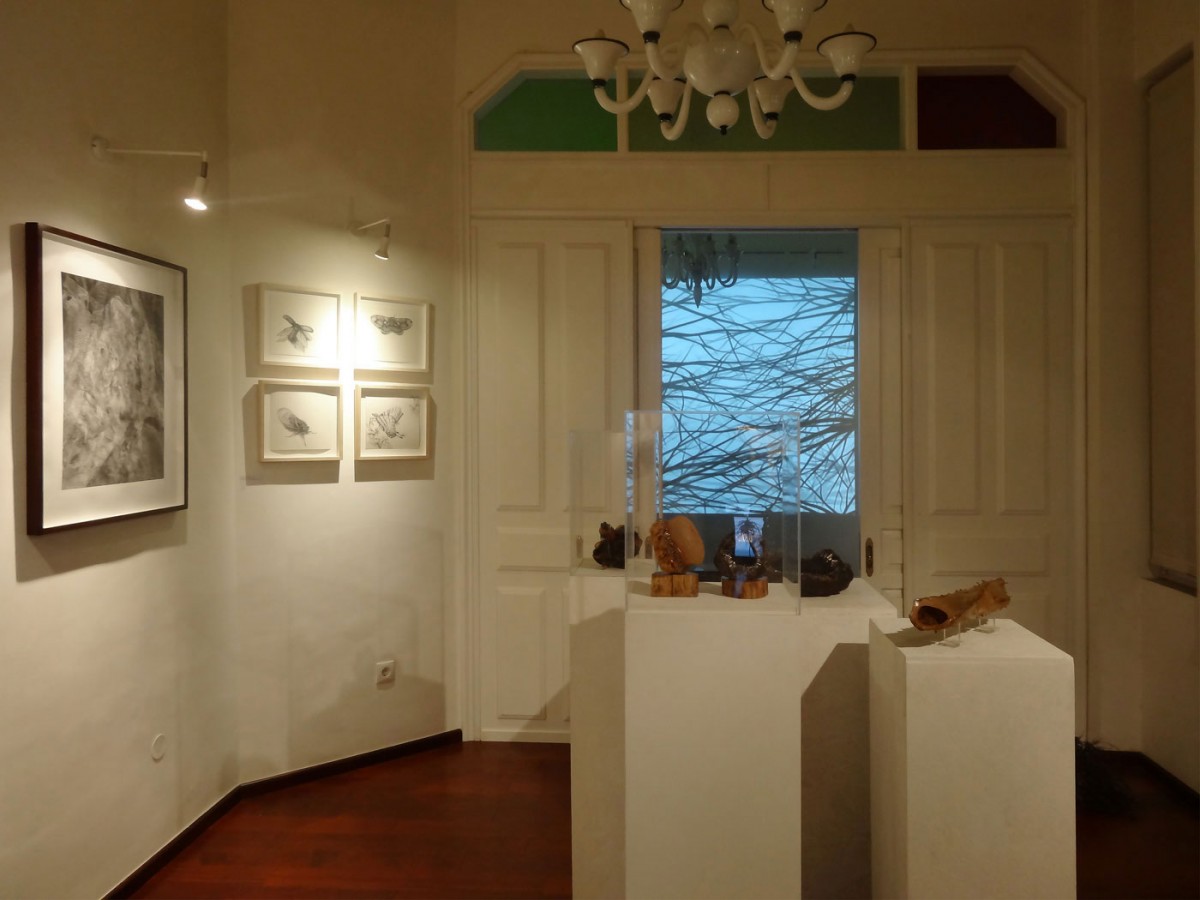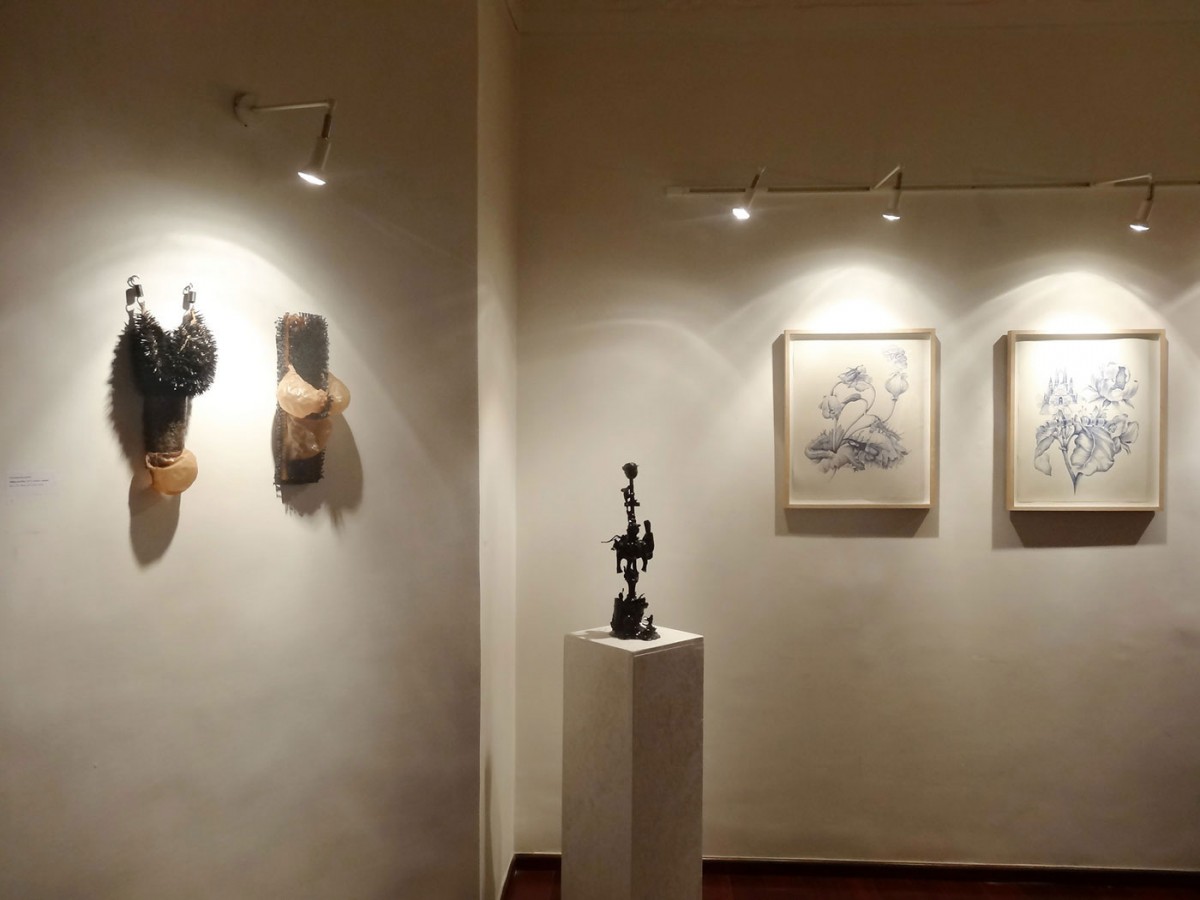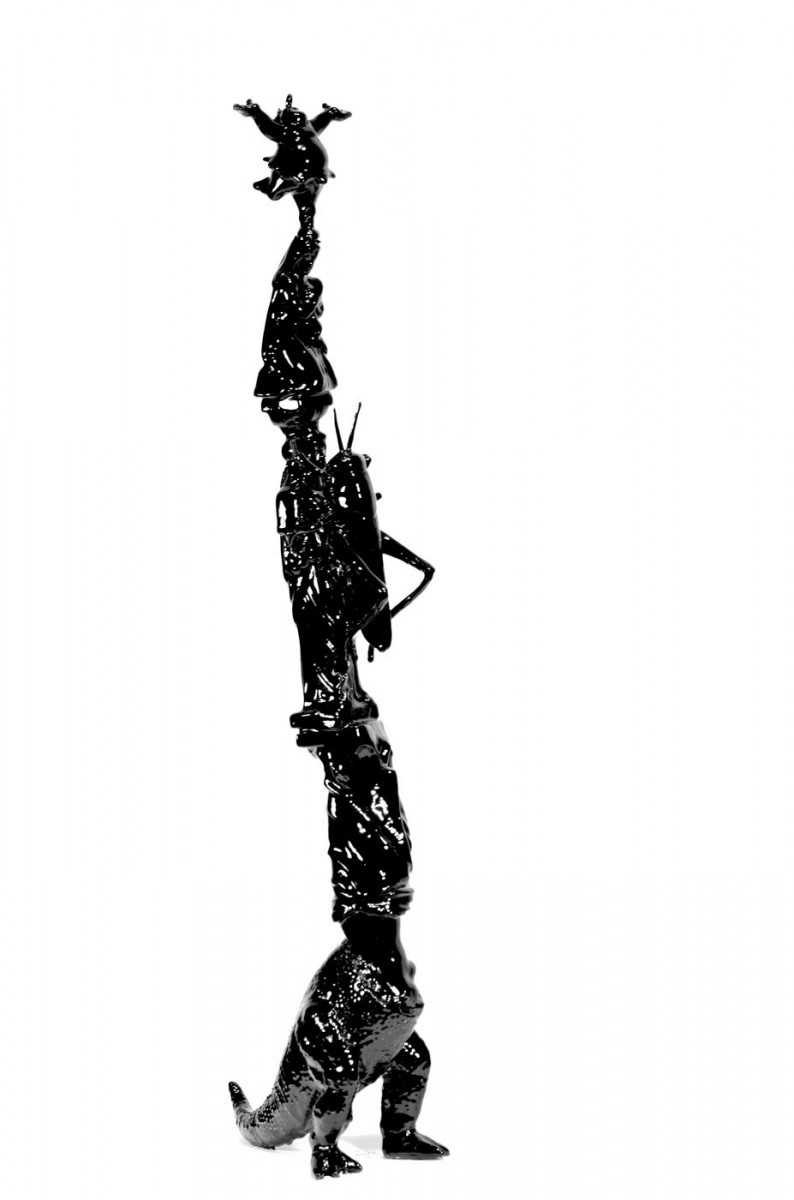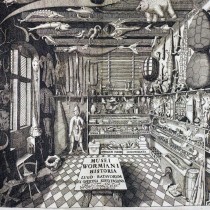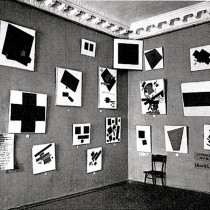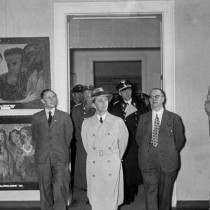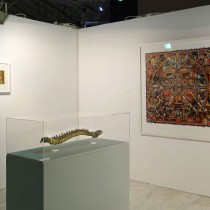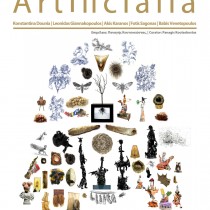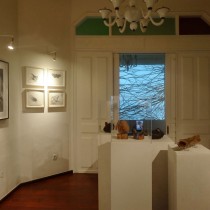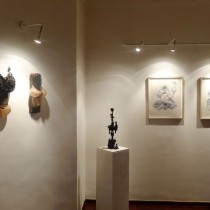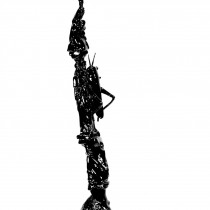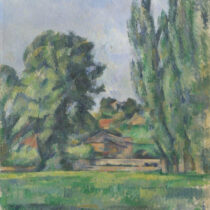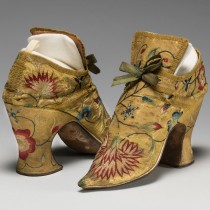If we were to try to define a turning point in the creation of fine art at the start of the 20th century – what we recognize today as the artistic avant-garde – we would begin with those movements that not only produced works of art but were also radically active in political and social reform. It seems that the Social History of Art as a theoretical tool and the movements of the artistic avant-garde become the privileged field of study both of the artistic subject’s interpretation and of the impact of the work of art on historical and political changes in the 20th c. (note 1).
During the Renaissance the artist’s personal status had already acquired a clearly secular orientation. In the Enlightenment the theocratic perceptions of creation or of the domination of the world are abandoned and human will and thought become central. This desire to explore the world, which also incorporates human creation, is expressed in the idea of creating private collections. Naturally, the existence of private collections is not a phenomenon that appeared in the last century or during the Enlightenment. It constitutes an inherent desire in man to collect and organize the world around him and this extends to a scale that starts from ensuring social status and reaches immortality (note 2).
On the contrary, the manner in which today we treat and recognize the museum as an institution is founded on values and elements that have their origins in Europe (note 3). Thus, a museum is given its character by the permanent collection which constitutes its thematic nucleus; paintings for a fine art museum, archaeological reserves for archaeological museums, collections recording and mapping the natural world in Natural History museums etc. The current well known public character of each museum organization is only a very recent achievement and has very little to do with the beginning of museums. The Chambers of Curiosities (note 4) were not guardians of cultural heritage and the chaotic classification of their objects did not result from some sort of scientific organization (fig. 1.) while the early form of museum bore a greater resemblance to a museum-treasury. The above very concise retrospective on the birth of the museum as an institution aims to present the study of collections not as a tool for historical research in the context of museum studies but as a possible tool for interpreting museums of contemporary art.
In his emblematic text The Archaeology of Knowledge, Foucault describes the acquiring and managing of knowledge as a means for exercising power, while he treats rationality as an absolutely relative concept determined by cultural context and constantly changing (note 5). A series of questions arises when considering that the basic role of a museum curator and therefore of a curator of contemporary exhibitions is endeavouring to create an exhibition that contains a sequence of objects or works so as to produce an organized curatorial narrative. How can we confirm or deny that curating exhibitions is a futile process or even more so, an authoritarian one, based exclusively on the personal choice of each curator? How much is the curator’s role really sufficiently distanced from personal challenges for him/her not to be considered genuinely dogmatic? Is artistic creation a suitable interpretative tool for a contemporary museum and how accessible and intelligible is an exhibition of modern art to the public at large? Last, can a museological view and treatment of artefacts offer a new field of research and application of curating practices in the management of modern art exhibitions?
The work of art as an instrument of interpretation
As referred to above, the avant-garde artistic movements at the beginning of the 20th century were the epitome of artistic creation when the artist stopped functioning as an isolated subject and joined a wider artistic framework aiming to put forward ground breaking propositions and to interact with society. Nevertheless, how is the collection theory related with the production and presentation of works of art inside and outside the boundaries of museums of modern art? And can it really be questioned whether modern art museums treat their collections based on the way their exhibitions are interpreted or on the visitors’ overall experience (note 6)? The unclassified way of exhibiting artefacts in the Chambers of Curiosities gives its place to the thorough organization of exhibitions in the mid 19th century based mainly on historical criteria. SirCharlesEastlake, today’s director of the National Gallery in London wishing the latter to have an educational role, organized its permanent exhibition using historical criteria as a basis and presenting it according to the schools of painting, following familiar and established practices used till then in Europe (note 7). The permanent exhibition of the National Gallery is the guardian of the national identity of the European states as the actual gallery is situated in a flagship country of the Old World. The director’s choice to present a linear evolution of the History of Art beginning from the Italian Renaissance seems old fashioned today. The presentation, however, of works of art in their corresponding schools and periods was avant-garde at the time and was gradually adopted by most public collections and galleries up to and including the 80s (note 8).
Studying the art scene at the start of the 20th century, we cannot ignore the so called Russian avant-garde and particularly the social and political framework the artists functioned in and the degree to which they influenced the political developments. In 1913, the year Cubism and Futurism emerged, the prevailing social, political and economic situation in Russia was completely different from that in the rest of Western Europe, creating the proper conditions for change. Eight years earlier, in 1905, the Russian revolution brought about so many alterations on so many levels that nothing could remain the same as before. A break with the past was required and the discovery of new symbols and meanings to promote this change.
Artistic movements such as Suprematism, Cubism, Futurism had already emerged and it was necessary for society as a whole to adopt the principles of the revolution in a new context. Religious art and its symbols were so deeply imprinted on the collective unconscious that it seemed to be an excellent choice to adapt those same symbols with a new meaning attached to them. A typical example is the exhibition entitled “The Last Futuristic Exhibition 0.10” (fig. 2.), where Kazimir Malevich’s emblematic work “Black Square” (1915) is hung in the following paradoxical manner; in the corner formed by two walls and not in the familiar way of hanging a painting. The symbolisms are obvious: the geometric form of the Black Square, simple and unadorned, at first sight, but with many levels of meaning, is transformed into a symbol of the new religion. It is placed exactly like the religious iconostasis, except that its depiction is not of icons but of only a black square. Experience is transformed into interpretation and the work of art into an educational instrument.
Several years later in 1937 the situation in Europe has already changed. In Germany the Nazi regime has been established and its leader Adolph Hitler wishes to get rid of whatever is conceived as different. The exhibition organized in 1937 under the auspices and the close monitoring of the Nazi party was entitled “Exhibition of Degenerate Art” (fig. 3). Thousands of works of Art of the so called artistic avant-garde were confiscated and exhibited with the aim to present an art that was an insult to the morality imposed by the regime. Works of artists such as Pablo Picasso, Marc Chagall, Vincent van Gogh and others were gathered in a chaotic art exhibition with the sole aim of interpreting the artistic output as treacherous, insulting and undermining the regime. The curating proposal is turned into an instrument of propaganda and interpretation of the principles of the actual regime.
Carrying on with the connection between the theory that underlies museum studies and the work of art in the context of the activity of collecting and the way in which this takes on significance, the example of the artist Kurt Schwitters has a particular meaning when we treat the man himself as an unorthodox collector. Kurt Schwitters expressed himself artistically mainly in the Dada context and his work was concerned with the creation and construction of collage. His primary matter consisted of everyday objects, what most of us recognize as cheap materials and useless rubbish. By treating these objects with respect, he created unexpected combinations retaining however their original identity (note 9). The viewer can recognize the fluid boundaries between the artistic subject-collector-curator if he can perceive that Kurt Schwitter’s work itself is the product of sticking together disparate objects that are structured into a new form. The attempt to structure chaos, the careful selection of each material from a total collection and the creation of a work of art reveals a new type of artist, a new manner of treating the work of art itself and a fresh interpretation of aesthetics and material culture.
Collecting the Internet’s rubbish
Above there was mention of man’s universal and primordial need to collect objects with the aim of organizing and understanding the world around him. As a science, Museology has investigated the motivations behind the activity of collecting, it has analyzed material culture and has built a framework for museum practice, creating a rich field of theory. How can these affirmations be interpreted in the context of artistic and curatorial expression, in an era when the boundaries between artists and curators are more fluid than ever?
In May 2013, the artistic duo Kalos&Klio presented the digital work “Pandora’s Box” with the bronze sculpture “Homo Artificialis” (fig. 4 ) as a Platform Project (note 10) at the international art fair Art Athina. Kalos&Klio’s practice is to compose sets of new shapes by connecting disparate objects and creating digital prints. Their raw material is icons from the Internet which, after being digitally processed by special software, become a new work of art. This practice seems to be the same as the one followed by Kurt Schwitters except that now the medium is a computer. The internet is inundated with original or processed images and all of us users and browsers of this parallel world either reject or only keep some of them. In the installation presented at Art Athina, Kalos&Klio borrow the historical origin of collector activity and treat their work like early collectors of private collections, commenting on both the power of managing images and the internet and the activity of collecting as an artistic creation.
In terms of curating, the proposal for the installation’s presentation is based on whatever has been described above and is related to museum collections and the collector’s power in manipulating both the collection and ultimately knowledge itself. Naturally, it may seem patronizing to use and apply interpretative scientific instruments from the field of museology in the context of the artistic production of a work, but the pictorial commentary itself relates precisely to that: namely, to the synthesis and treatment of lost narratives from material culture. In the work Pandora’s Box the structures, classification and organizing of the world through images from the internet are applied in the same way as the first private collections organized in the Renaissance. Kalos&Klio’s artistic method of making a composition of (sometimes seemingly and many times essentially) disparate objects from the internet has its beginnings in the primordial emotion of collecting and its practices applied since the period of the Renaissance. The presence of Homo Artificialis (a bronze, life size, 74×12 cm, sculpture of a human spine) was chosen for the middle of the installation, aiming to portray not only man stripped of the objects that surround him in the shape of burial offerings but also to constitute the centre of the curatorial narrative of this particular installation. This narrative has as its nucleus the allegorical use of man as the centre of the world, stripped of artificialia and naturalia and raised to the status of a museum show case.
The history of collections as a curatorial proposal
In November 2013, the group exhibition called “Artificialia” (note 11) (fig. 5-7) was presented in Thessaloniki at the Kalos&Klio Showroom. The exhibition’s basic concept was the structure of a fine art exhibition in the context of collecting as an activity that started in the Renaissance. From the beginning, the questions raised were concerned with what exactly is included in a collection, what is considered as “banned” from the museum, who are the people with access to collections and museums, how much of a fragmented picture do we have of the objects that surround our lives and how do these produce a specific meaning. Last, how and in what way are we attached to objects and how do the latter in turn define us.
The way the collections were approached through works of art was a challenge to curators. Five different artists, using totally different materials and approaches, were asked to create an imitation Chamber of Curiosities. The theoretical framework was made clear from the start. In the exhibition, the five artists presented work they had already made as well as new works based on the exhibition’s theme. Babis Venetopoulos, professor in the Department of Fine and Applied Arts at the Fine Art School of the Aristoteleian University of Thessaloniki, participated with digital works as artificialia. These were inspired by nature and with the use of digital technology represented the natural world surrounding us. With his works of ink on paper Leonidas Giannakopoulos created an unusual version of a Natural History museum, while Konstantina Dounia used cheap materials such as nails, wire, hair and nylon to make articles resembling natural objects that had been fished. Last, Akis Karanos created collage and sculptures to compose a strange puzzle of experiences and memories of everyday objects of contemporary culture (fig. 8) while the architect Fotis Sagonas created digital prints presenting human bone structures in 3D forms.
In each of a total of three exhibition spaces it was chosen to create a single and separate narrative curatorial whole in the context of an informal ranking of works and objects. In this way, the work which referred to human nature was placed in the middle of the room, while works resembling curious artefacts and having common morphological affinities were placed on the perimeter. The aim was to create spaces that would adopt the principles and narratives of an unusual catalogue referring to the image of cosmology and the perceptions of the Renaissance man. In terms of the exhibition, an unusual, allegorical inventory of objects was created, with the latter conversing perfectly among themselves and with works of art being distinguished either as ones to capture the “cultural” or the “natural” object. Moreover, the aim was to create conceptual symbols in contrasting pairs (knowledge/ignorance – wealth/poverty – familiar/foreign – democracy/hegemony – open access/ restriction etc.). Ultimately a representational approach to the objects was captured as well as the relationships that develop between subject and object, man, knowledge and power.
Towards a tentative future
One of the issues raised over the previous years and which is connected to the practice of the curator is whether there are clear boundaries between the latter and the artist. Increasingly more artists switch to the field of curating other peoples’ exhibitions or their own, while many curators of modern art practice “creative curating”. Specifically, the theme of the 55th Biennale in Venice ‒ the most historical and important exhibition of modern art worldwide ‒ was directly related with the theory of the evolution of collections and their content. The Encyclopaedic Palace as visualized by Massimiliano Gioni, the exhibition’s main curator, was strikingly like a Cabinet of Curiosities in an attempt to artistically capture and narrate the human edifice and its components.
The boundaries become increasingly both vague and fluid. The artist as a historical subject played a very different role during the last century, while today he/she is transformed into a “multiple instrument”: his/her own treatment of his/her image is as important as the preserving of his/her high artistic standard. It goes without saying that today the artist is articulate on a theoretical level, while curators no longer follow authoritarian methods but participate actively even in the creation of a work of art. Universities that have always provided the theoretical basis for museum studies increasingly include lessons on curating in their programme, while Fine Art schools are interested in museum theory and contemporary museological approaches.
Today however, how much can we talk about an objective and safe classification of the world that surrounds us when there is a steady increase of new objectives (daily, specialized, scientific etc.)? What is the role and the interpretative framework of the modern museum in terms of presenting new curating proposals? Can we handle the rapid increase of artistic production and the creation of new museums outside the framework of the so called western world and is it really possible to investigate interpretations when art today is treated in many cases as an object of power and the display of wealth? For example, how acceptable can the presence of cultural and commercial western goods become outside the context of their creation, when none of the countries hosting modern and contemporary art have adopted any of the principles of freedom and democracy? How many substantial differences does the curated subject present from the period of the Renaissance to our times and how authoritarian or democratic is its role?
The future is more tentative than ever.
Panagis Koutsokostas
Art Historian-museologist, exhibition curator
